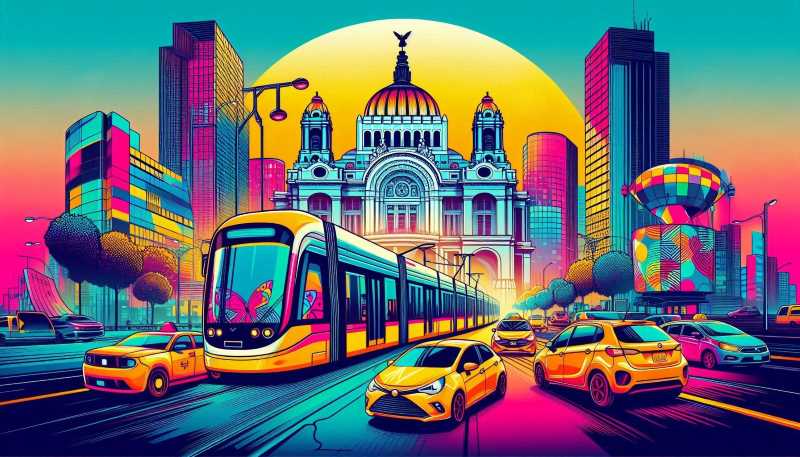Why Mexico City Has the Best Public Transit
Mexico City's public transportation system is a vibrant and efficient network that offers a unique cultural experience. From the iconic Metro to the nostalgic trolleybuses, there's something for everyone.

When you think of a city famed for its vibrant culture, culinary delights, and sprawling history, Mexico City (Ciudad de México) likely comes to mind. The vast metropolis is often associated with Frida Kahlo’s iconic artworks, mariachi bands strumming in colorful squares, and the mouth-watering allure of tacos al pastor sizzling on street corners. But in addition to its cultural riches, Mexico City has quietly been carving out a name for itself in an entirely different realm: public transportation.
Yes, you heard that right. Amid its urban experiences, Mexico City boasts what is arguably one of the most comprehensive, quirky, and surprisingly efficient public transportation systems in Latin America. While critics may point to its legendary traffic congestion or sprawling cityscape as barriers to easy transit, the reality is that this megalopolis has become a beacon for mobility in the region. Whether you’re a tourist, a local, or just a transit enthusiast, this article delves into what makes Mexico City’s public transportation system truly exceptional.




